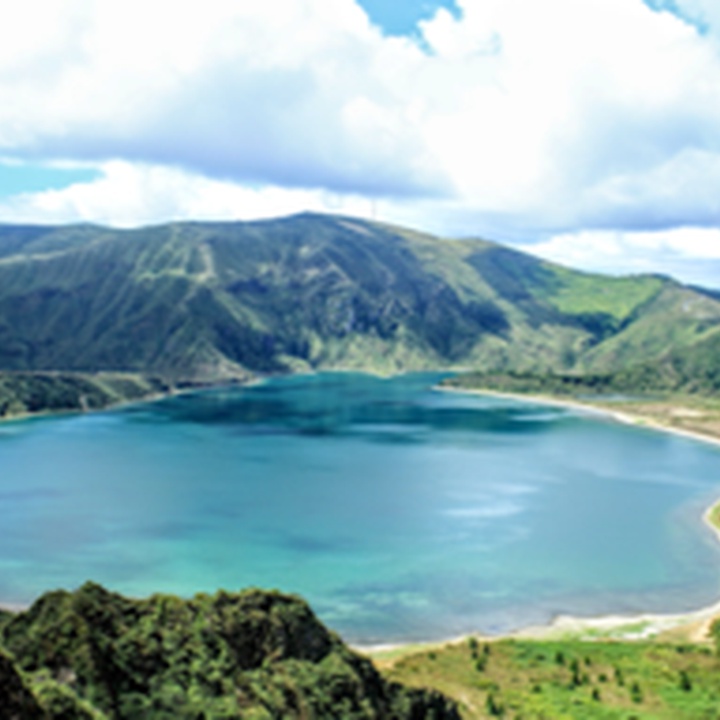Text size:
News

Today we celebrate the Lagoa do Fogo Nature Reserve's 40th anniversary!
June 18, 2022
The Lagoa do Fogo was classified as a Reserve on 15 April 1974. However, with the new legislation for nature conservation and the classification of landscape protection areas, it became urgent to integrate the Reserve created in the new criteria of classification and management. Thus, the Lagoa do Fogo was classified as a Nature Reserve, for the first time, on 18 June 1982.
The Lagoa do Fogo Nature Reserve was posteriorly reclassified on 8 July 2008, under the terms defined in the Regional Legislative Decree that creates the São Miguel Nature Park. The specific grounds for the reclassification were the aesthetic and natural values in presence, the geological uniqueness and its importance for species, habitat and ecosystems protected.
With 506.82 hectares, this area in the heart of the island of São Miguel is of high importance for the local population, flora and fauna.
The water from the lake feeds several springs located on its slopes, being fundamental for the water supply of the municipalities of Vila Franca do Campo, Lagoa, Ribeira Grande and Ponta Delgada.
The interior edge of the caldera has steep and jagged slopes covered with natural scrubland composed of endemic flora species representative of the old Laurel Forest, such as Azores Laurel (Laurus azorica), Viburnum treleasei, Azores Blueberry (Vaccinium cylindraceum), holly (Ilex azorica) and Tree Heath (Erica azorica).
A large colony of Yellow-legged Gulls (Larus michahellis atlantis) and Common Terns (Sterna hirundo) nests in this protected area.
Considering the importance of its ecosystem and the presence of protected endemic flora and fauna, the Lagoa do Fogo (lake) was classified as a Ramsar Site and is also part of the Special Area of Conservation (SAC) of the Lagoa do Fogo, under the Natura 2000 network, and the CORINE Biotope environmental project.
Despite the natural floristic richness, removing invasive species that continue to threaten the natural biodiversity is essential, thus ensuring the protection of habitat and the ecological enrichment of this Nature Reserve. Thus, several interventions have been carried out under the LIFE IP AZORES NATURA project to promote the renaturalisation of the habitat, favouring the recovery of the populations of indigenous species that occur in this protected area, using the mechanical removal of exotic and invasive species and subsequent replanting with native and endemic species.

